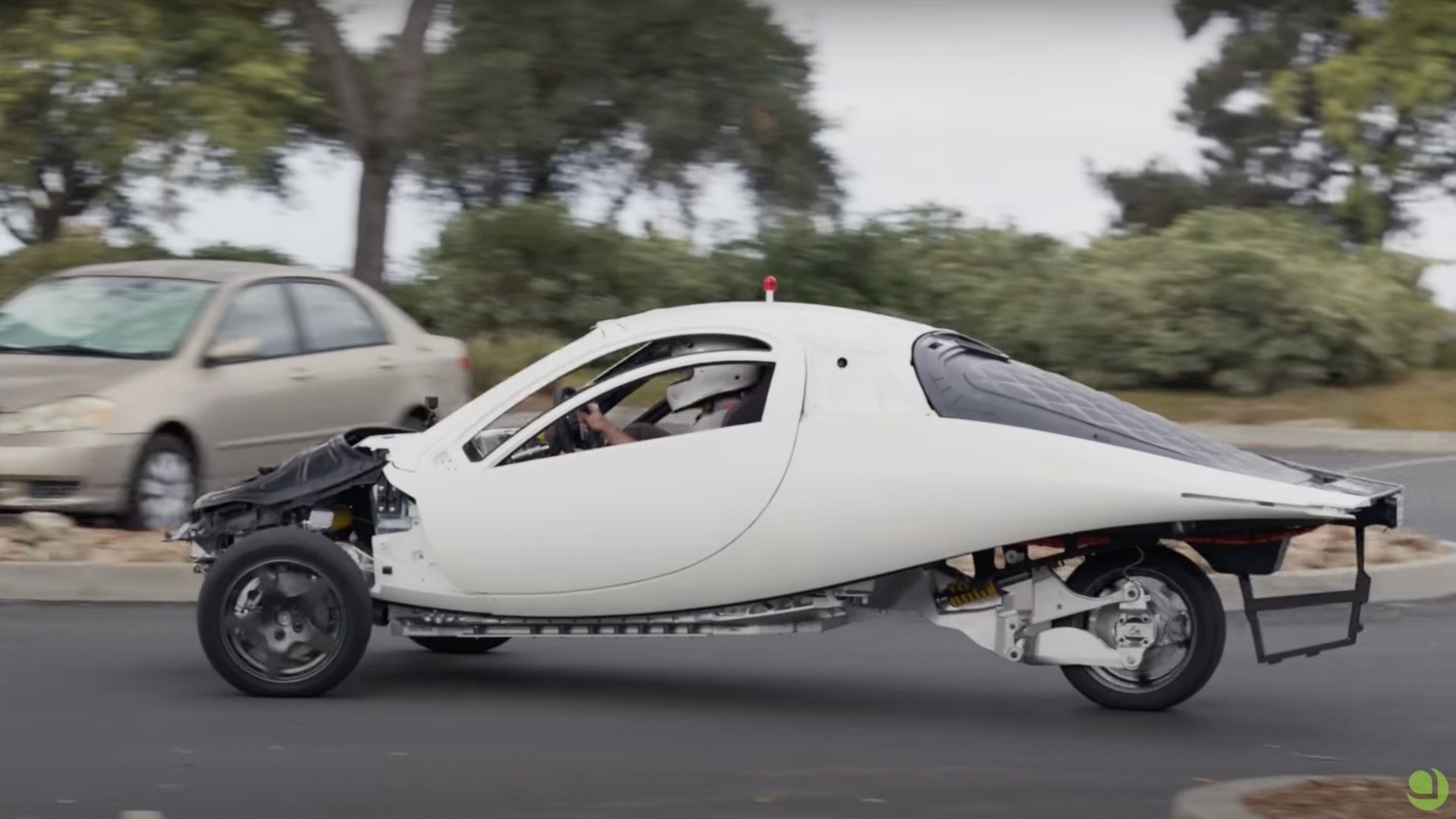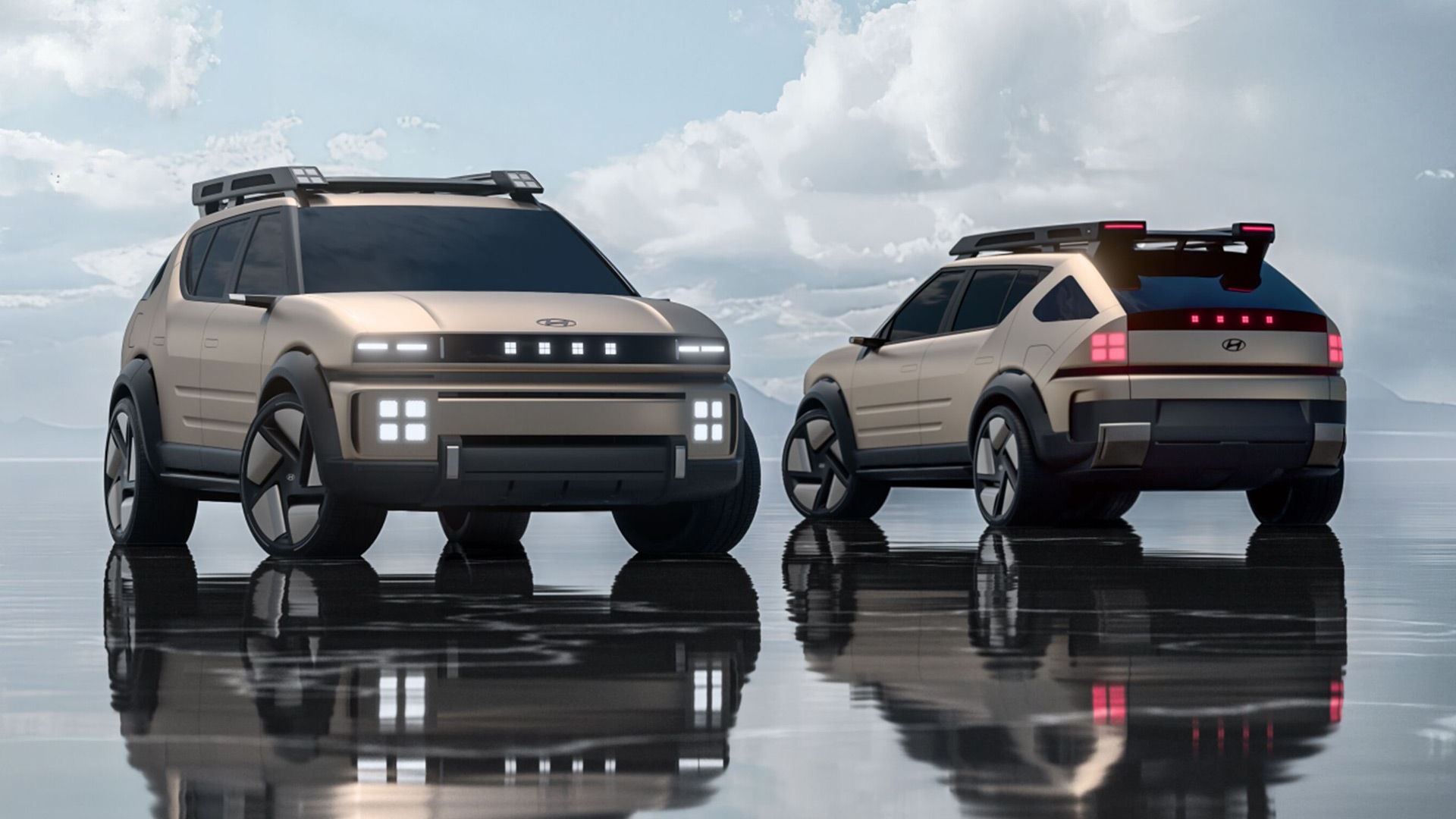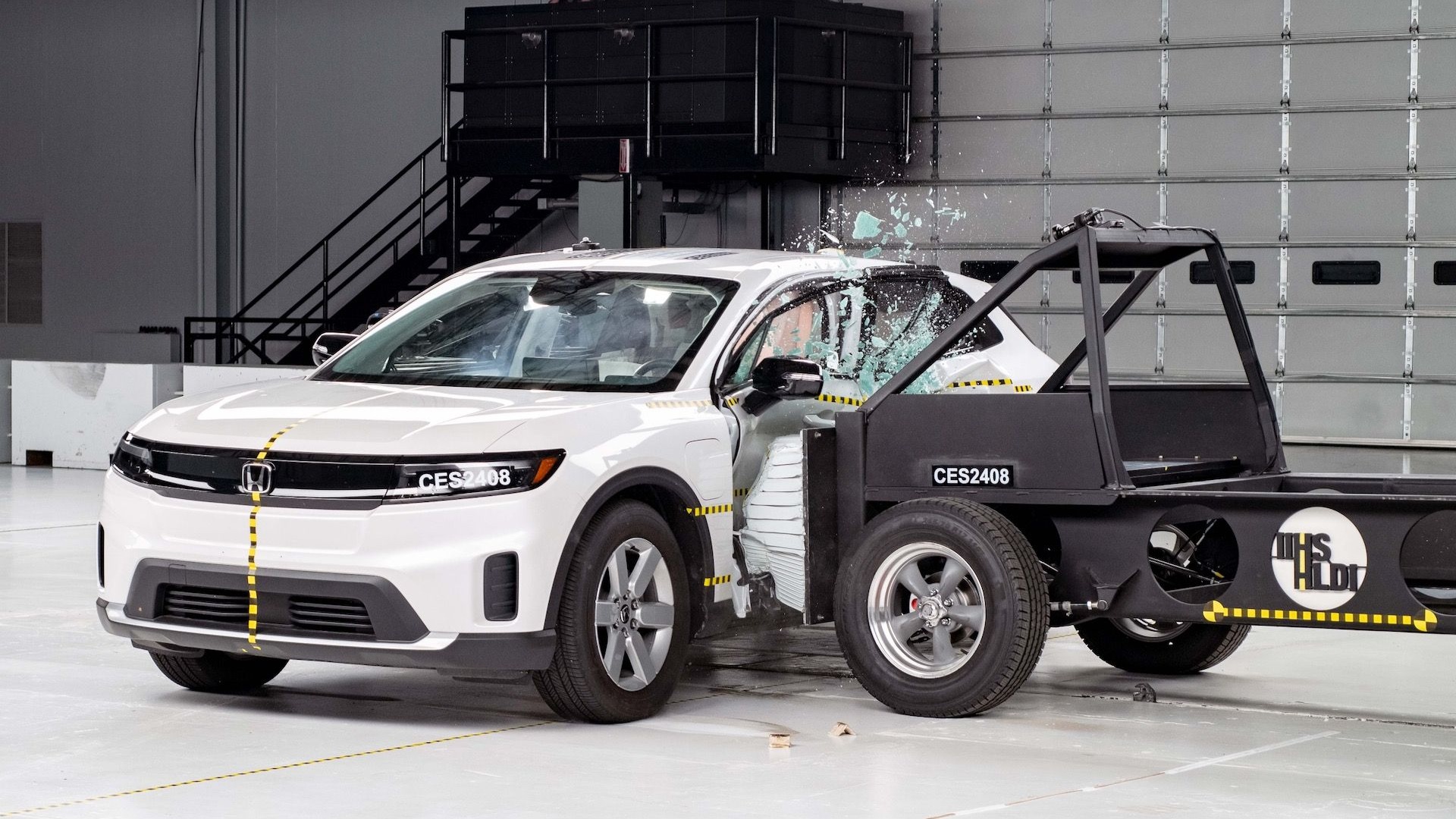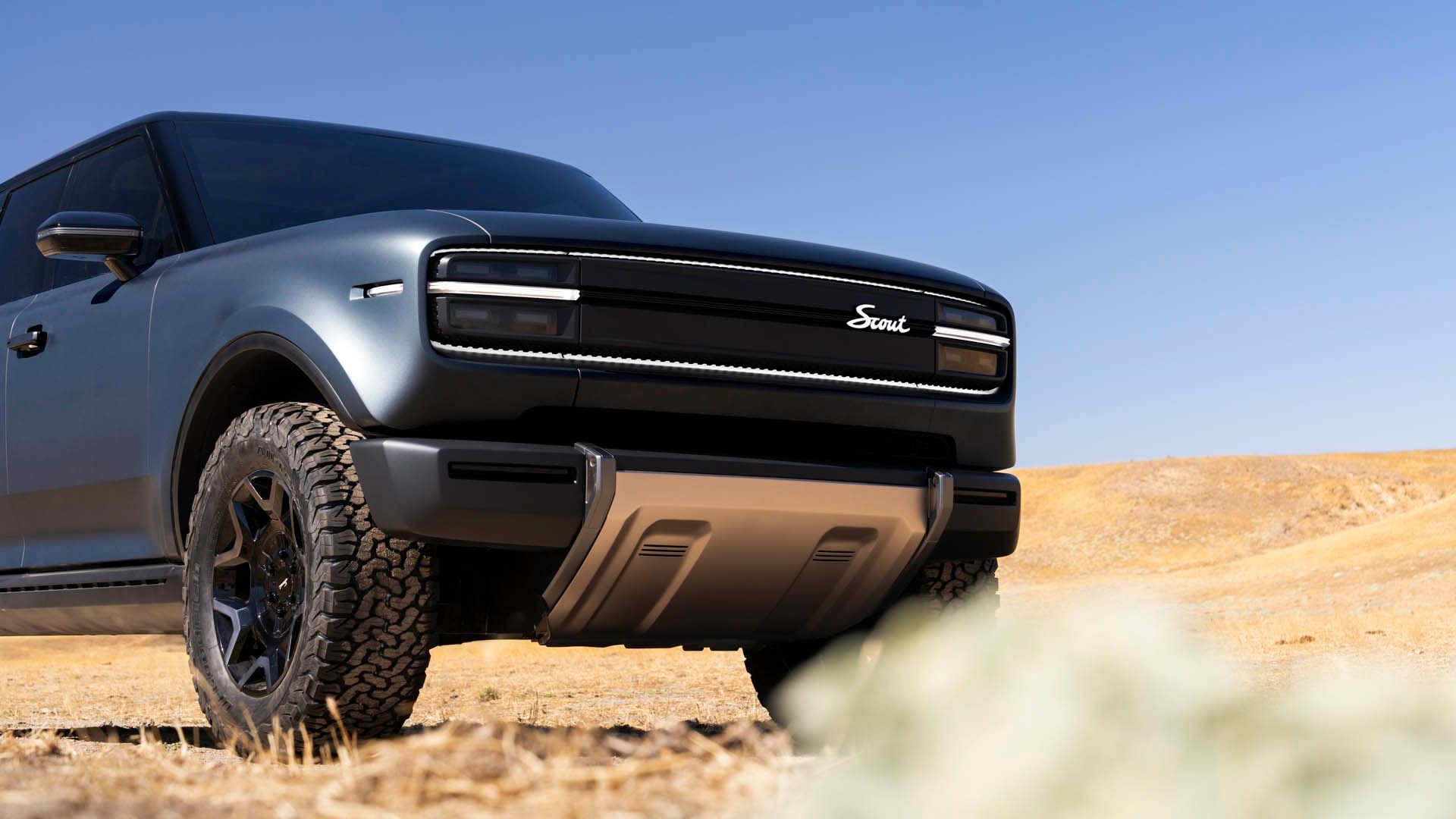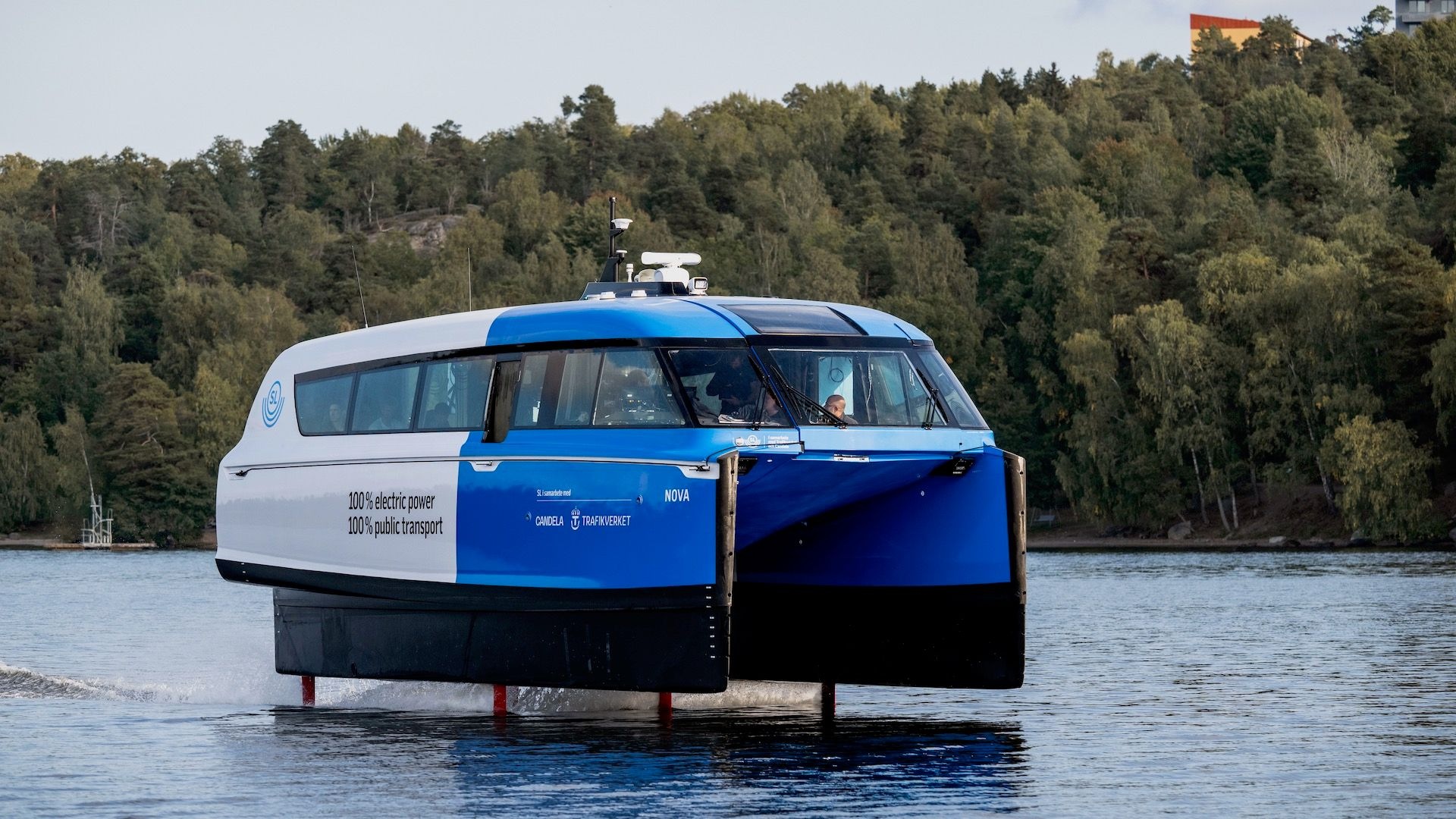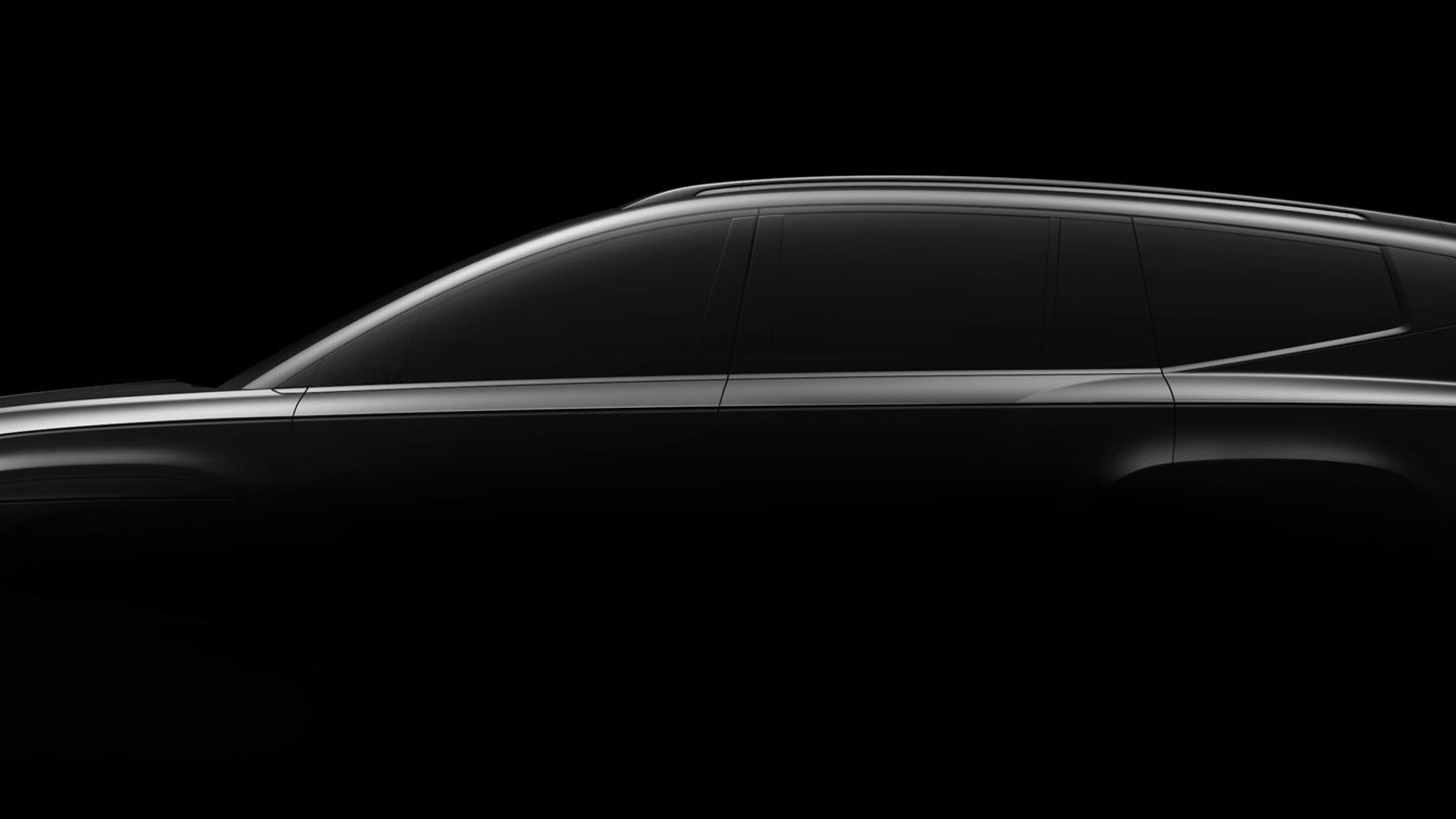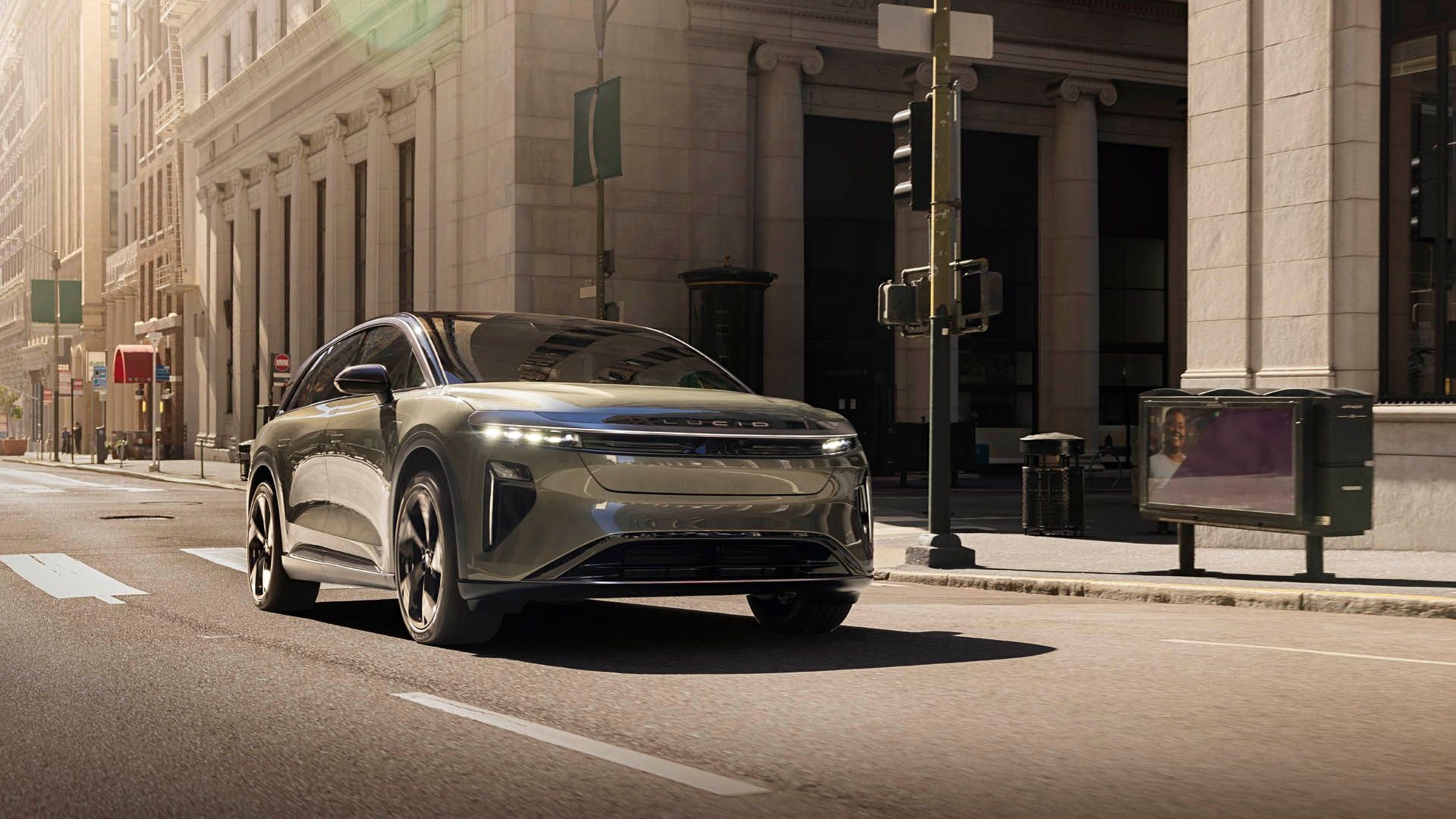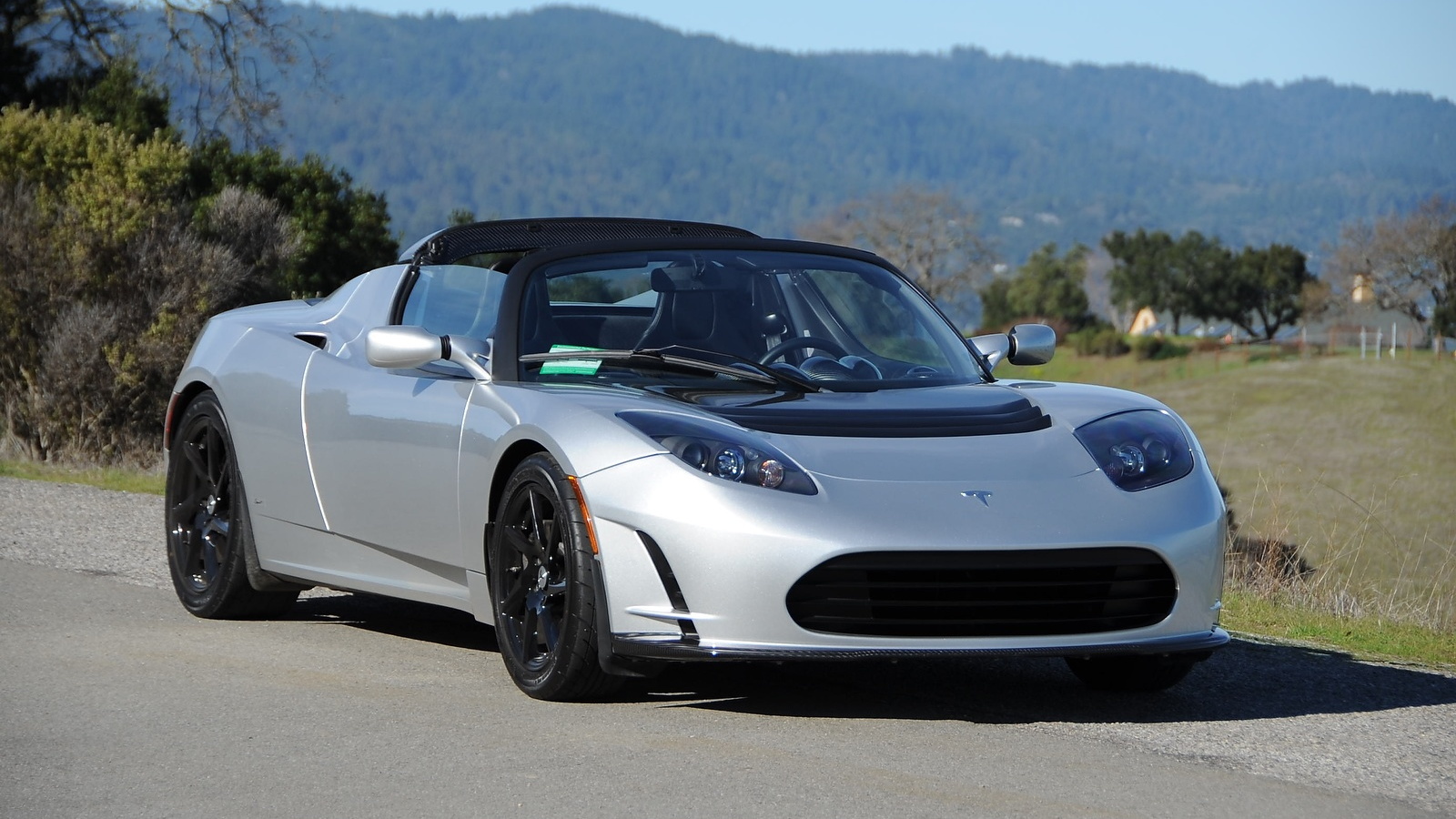The EPA last week announced stricter emissions standards for heavy-duty commercial vehicles, such as trucks and buses, for model years 2027 to 2032.
Like the new emissions standards for passenger cars recently confirmed, these rules do not mandate EVs, but do set much tougher emissions targets that will likely lead to more EV sales. The exact share of EVs will vary across the many classes of commercial vehicles, The Associated Press notes, with up to 40% of short-haul "day cab" trucks potentially going electric by the 2032 model year, but only 30% of "heavy-heavy-duty vocational" trucks.
By addressing greenhouse-gas emissions, these rules complement a December 2022 rule from the EPA that addresses smog- and soot-forming emissions from heavy-duty vehicles. At the time, the EPA said those rules were 80% tougher than the previous ruleset, which dated back 20 years.
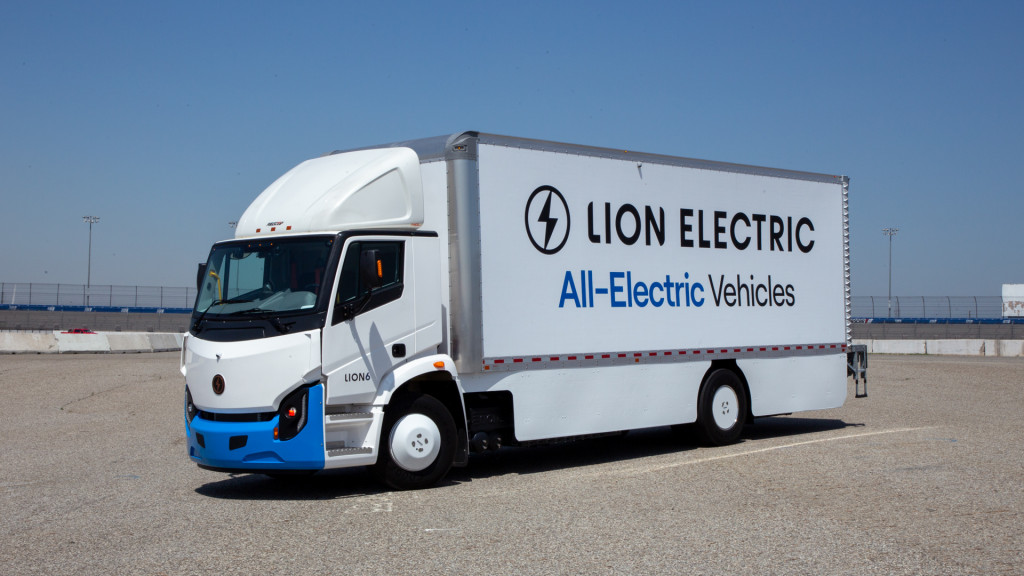
Lion 6 Electric Truck
These standards will avoid 1 billion tons of greenhouse gas emissions and provide $13 billion "in annualized net benefits to society," encompassing public health, climate protection, and cost savings for vehicle owners and operators, according to the EPA. A shift to electric trucks and buses could save 57,000 lives, a 2021 study found.
Heavy-duty and medium-duty trucks make up only 10% of the vehicles on the road but create 28% of transportation-related climate change pollutants, along with 45% of nitrogen oxides and 57% of fine particulate matter from on-road vehicles, according to the Union of Concerned Scientists (UCS), which said the rule "falls short."
Although some fleets and companies are concerned about the cost of electric trucks in the near future, truck makers are generally optimistic that sales will tick up and sales of such trucks will gather momentum with rules locked in. But several environmental groups voiced opinions that this may offer too much flexibility.
"While this rule may move the market in the right direction, there's too much wiggle room to guarantee the zero-emission truck deployment needed to help communities around the country," Steven Higashide, director of the UCS' Clean Transportation Program, said in a statement. The rule may quicken the deployment of smaller electric commercial vehicles, like box trucks and delivery trucks, but not bigger vehicles like semi trucks, Higashide said.
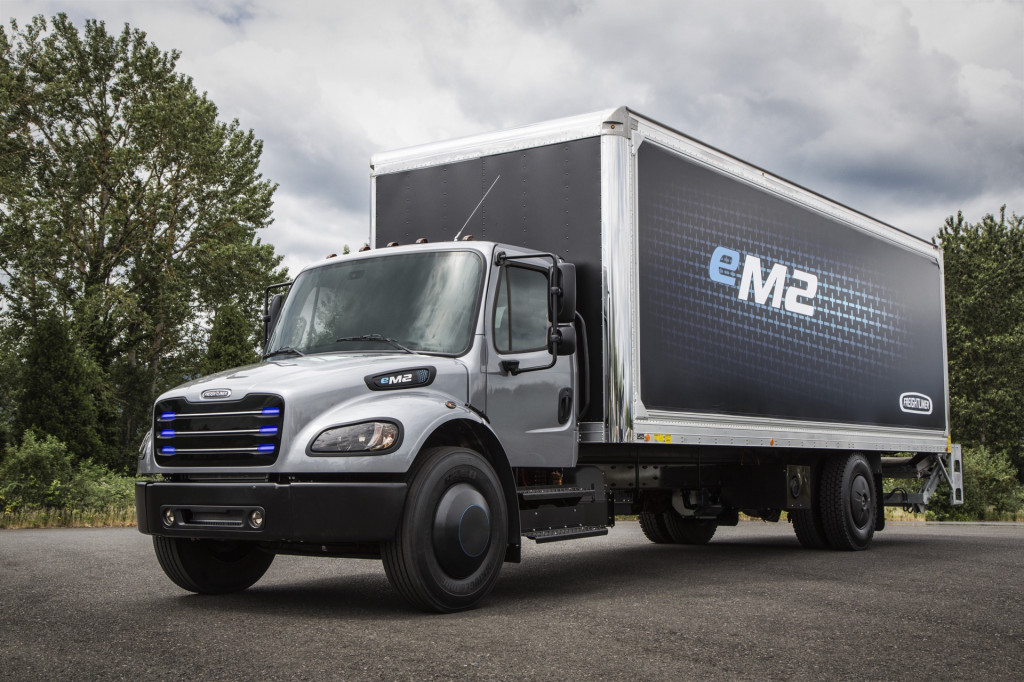
Freightliner eM2 electric short-haul truck
Guillermo Ortiz, Clean Vehicles Advocate at the National Resources Defense Council (NRDC), also said in a press-release statement that the rules "could have done more." And the federal government is once again a step behind California, which aims to mandate electric-truck sales by 2045.
But other environmental advocates were more positive. "Today the Environmental Protection Agency took another key step in our journey toward a future with less traffic pollution," Amanda Leland, executive director of the Environmental Defense Fund (EDF) said in a statement. Albert Gore, executive director of the Zero Emission Transportation Association (ZETA) said the EPA rules would provide a "North Star" for stakeholders to plan investments and timelines for a transition to a zero-emission commercial-vehicle fleet.
The standards also give truck makers multiple pathways to meet emissions targets—literally, as new EV charging freight corridors and hydrogen hubs for fuel-cell vehicles now suggest.
